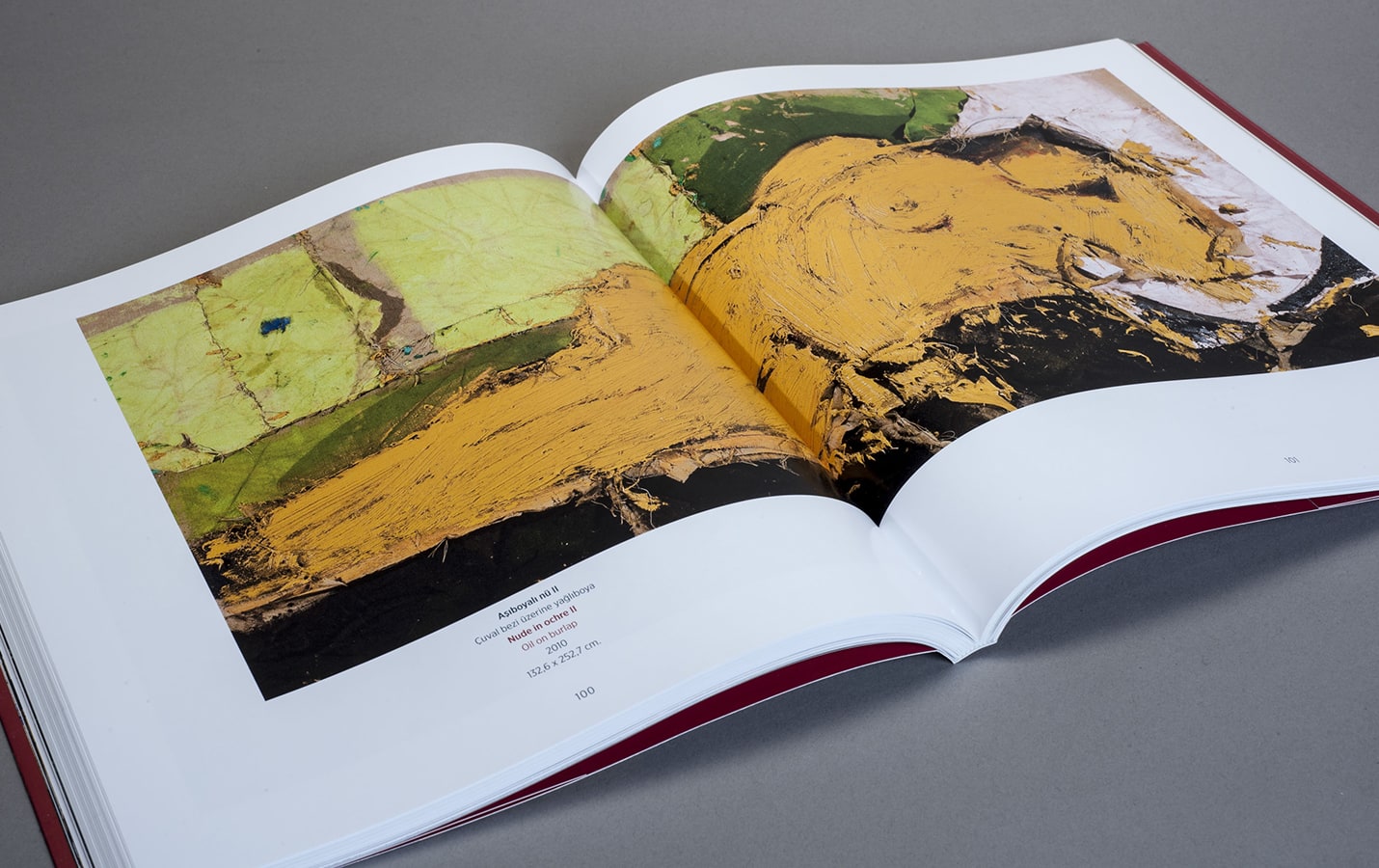May 8 - July 21, 2013
A leading figure of Spanish Pop Art, Manolo Valdés was at Pera Museum with a selection of works that extend from the 1980s to the present.
Organized in collaboration of Marlborough Gallery New York, the exhibition was comprised of a selection of the artist’s paintings and sculptures. Renowned particularly for the diversity of his media, his large-scale works, and quests in form, Valdés is hailed as one of the great masters of contemporary Spanish art.
Following the dissolution of Equipo Crónica, the pioneering group of Pop Art in Spain, which he co-founded, Valdés continued his career solo as of 1982. His works derive their strength from the masterpieces of the past, bear historic clues, colors, and textures, and make strong references to art history, carrying traces that extend from Velázquez to Zurbarán, and from Matisse to Picasso and Lichtenstein.
Stripping a painting from its original context and reinterpreting it through Pop Art, the artist primarily focuses on figures, objects, and series.
Exhibition Catalogue

Manolo Valdés: Paintings and Sculptures exhibition was comprised of a selection of the artist’s paintings and sculptures. Renowned particularly for the diversity of his media, his...
Video

He had imagined the court room as a big place. It wasn’t. It was about the size of his living room, with an elevation at one end, with a dais on it. The judges and the attorneys sat there. Below it was an old wooden rail, worn out in some places. That was his place. There was another seat for his lawyer. At the back, about 20 or 30 chairs were stowed out for the non-existent crowd.

In 1998 Ben Jakober and Yannick Vu collaborated on an obvious remake of Marcel Duchamp’s Roue de Bicyclette, his first “readymade” object. Duchamp combined a bicycle wheel, a fork and a stool to create a machine which served no purpose, subverting accepted norms of art.
Tuesday - Saturday 10:00 - 19:00
Friday 10:00 - 22:00
Sunday 12:00 - 18:00
The museum is closed on Mondays.
On Wednesdays, the students can
visit the museum free of admission.
Full ticket: 300 TL
Discounted: 150 TL
Groups: 200 TL (minimum 10 people)